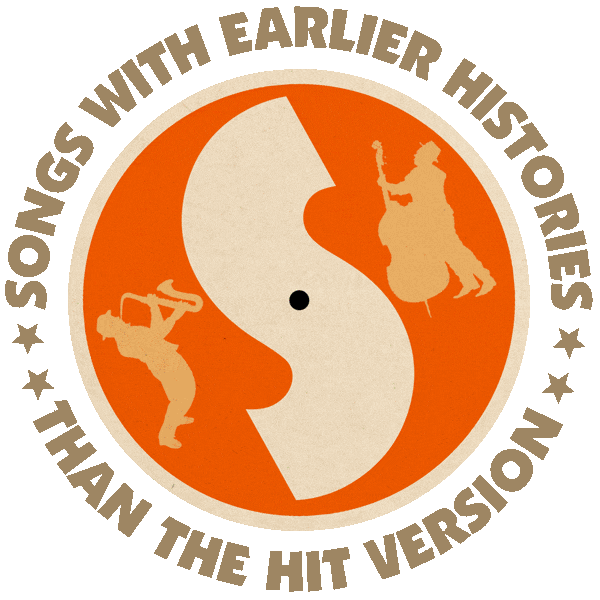Based on “Hot Rod Race” by Arkie Shibley & His Mountain Dew Boys (C&W #5 1951).
Also recorded (as “Hot Rod Race”) by Tiny Hill (US #29/C&W #7 1951).
First recorded as “Hot Rod Lincoln” by Charlie Ryan & the Livingston Brothers (1955).
Also recorded by Charlie Ryan & the Timberline Riders (1960).
Hit versions (as “Hot Rod Lincoln”) by Johnny Bond (US #26 1960), Commander Cody & His Lost Planet Airmen (US #9/MOR #28/CAN #7 1972), Asleep at the Wheel (C&W #65 1988).
From the wiki: “‘Hot Rod Lincoln’ was written by singer-songwriter Charlie Ryan in 1955 as an answer song to the 1951 hit ‘Hot Rod Race’ which describes a race in San Pedro, Los Angeles between two hot rod cars, a Ford and a Mercury, which stay neck-and-neck until both are overtaken by ‘a kid in a hopped-up Model A.’ The importance of ‘Hot Rod Race’, according to Jim Dawson and Steve Propes (in What Was the First Rock ‘n’ Roll Record?), lies in the fact that ‘it introduced automobile racing into popular music and underscored the car’s relevance to American culture.’
“Written by George Wilson, ‘Hot Rod Race’ became a major hit for Arkie Shibley and his Mountain Dew Boys, staying on the Country & Western chart for seven weeks, peaking at #5 in 1951. Tiny Hill also released a cover version in 1951 that not only charted C&W but crossed over to the Billboard pop music chart where it peaked at #29.
“The song ‘Hot Rod Race’ ends with:
When it flew by us, I turned the other way.
The guy in Mercury had nothing to say.
For it was a kid,
in a hopped-up Model A.
“These lyrics set the stage for ‘Hot Rod Lincoln’, an ‘answer song’ written in 1955 by Charlie Ryan. ‘Hot Rod Lincoln’ is sung from the perspective of this third driver, whose own hot rod is a Ford Model A with ‘… eight cylinders; uses them all [and] overdrive, just won’t stall / With a 4-barrel carb and a dual exhaust, with 4.11 gears you can really get lost / It’s got safety tubes, but I ain’t scared / The brakes are good, tires fair.’
“Ryan’s original rockabilly version of the song was released in 1955 by his group, Charley Ryan & the Livingston Bros. Ryan recorded a second version in 1959, credited this time to Charlie Ryan & the Timberline Riders. Neither of Ryan’s recordings charted. He based the description of the eponymous car on his own hot rod – a 1948 Lincoln chassis with a 1930 Ford Model A body fitted to it, which he had raced against a Cadillac sedan in Lewiston, ID, driven by a friend but changing the locale to Grapevine Hill to fit it within the narrative of ‘Hot Rod Race’.
“Another cover of ‘Hot Rod Lincoln’, recorded by country musician Johnny Bond in 1960, was the first charting version of the song. The 1971 version by country-rock band Commander Cody & His Lost Planet Airmen, released as the second promotional single from the album Lost in the Ozone, became the most successful version of ‘Hot Rod Lincoln’, peaking at #9 on the Billboard Hot 100, #28 Adult Contemporary, #7 in Canada, and was ranked #69 on the U.S. Billboard Year-End Hot 100 singles of 1972.”
Tiny Hill, “Hot Rod Race” (1951):
Charlie Ryan & the Livingston Brothers, “Hot Rod Lincoln” (1955):
Charlie Ryan & the Timberline Riders, “Hot Rod Lincoln” (1960):
Johnny Bond, “Hot Rod Lincoln” (1960):
Commander Cody & His Lost Planet Airmen, “Hot Rod Lincoln” (1972):

